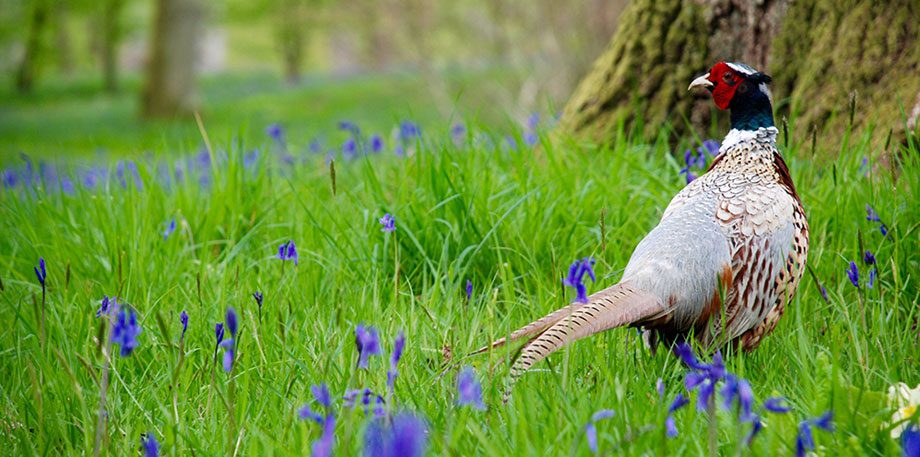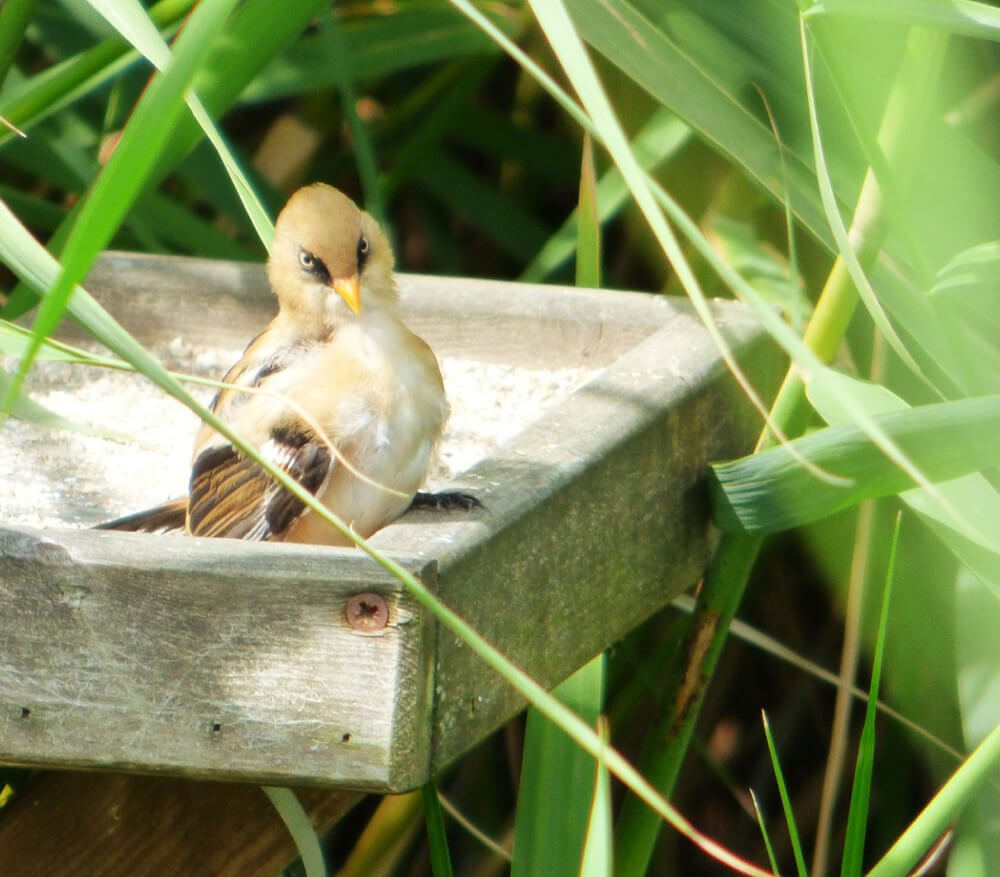Shooting Wildlife with Sara Humphrey: #1 Birds
Introducing the newest member of Team PhotoBite. Sara Humphrey is a dedicated conservationist and self-taught photographer with a strong leaning toward shooting wildlife. In this, her first piece for PhotoBite and on Valentines Day, she considers the birds and the bees. Well; the birds. at least. The first instalment of Sara’s first series in which she will share many pearls of wisdom from her extensive knowledge in the field of wildlife photography.
There’s an old saying in the media that goes something like, ‘never work with animals or children’ but when it comes to photography, good wildlife images are some of the most challenging and rewarding to create. The satisfaction comes from the hard work that goes into orchestrating the perfect shot, capturing the sense of beauty and personality that wildlife evokes, and a large element of luck. Many professionals will spend numerous hours in a single spot, holding out for the perfect shot, particularly of a rare species or hidden behaviours.

Fortunately, we’ve devised some simple, expert advice to help you get the most from the time you have available, whatever level you might be shooting at! In this ongoing series, we will cover birds, insects, mammals and reptiles/amphibians. Onwards.
Birds
Birdwatching is one of the UK’s most popular outdoor activities, and with a staggering 600+ species in the UK alone, you are sure to find something interesting to focus on. Birds are a versatile subject; impressive as a flock or a lone subject, and can be easily photographed by beginners without much preparation. The most dedicated of wildlife photographers will spend hours studying a species and waiting for the perfect shot of a rare bird.
Be prepared
I spend a lot of my time photographing birds and have learnt just how important it is to be prepared for the unexpected. Although many professional wildlife photographers use a telescopic lens, I have found that this is more useful to those waiting in hides rather than out in the field. I personally prefer a bridge camera for wildlife photography, as you are rarely at risk of missing a shot because you don’t have time to switch a lens. The first time I photographed a nightingale I was lucky enough to be within a few feet of it; suddenly a red kite flew overhead, and without having a versatile camera, I would never have been able to switch between the short and long focus needed to capture both within the moment.
“As strange as it may sound, I keep a small bag of bird seed in my camera bag.”
As strange as it might sound, I also keep a very small bag of bird seed in my camera bag. Robins are notoriously bold, and can often be encouraged to come much closer to the camera [or even a hand!] with food, but this method is also effective for tits, pheasants and other species too. Using food can be particularly useful if trying to capture wing movement, as knowing your subject is returning to a set spot allows you to fix your aim and focus whilst your attention is on taking the shot at exactly the right time.
Incorporate the landscape
As colourful as some might be, the best images I have seen of birds are not close-cropped portraits of feathers and beaks. Instead, I would recommend trying to bring alive the surrounding habitat in your images, giving a little extra detail about the life of the species. This works in both rural and urban settings, and doing so can really strengthen an image.
“I found that learning more about my subject gave me a real advantage with wildlife photography. You can be the most talented photographer in the world, but if you can’t get close to a fox, or focus on a flock you will never do justice to the image you are trying to capture. Investing some time in researching your subject will help you more than you realise!”
Sara Humphrey, wildlife photographer
This pheasant was photographed wild in a woodland. Including the habitat not only provides additional contrast, but it gives audiences an indicator of the seasons, the bluebells hinting at spring. The cool violets accentuate the colours of the plumage, and the placement of the pheasant against the tree trunk in the back right draws the eye to the focal point of the image. The soft focus background hints at wide open space, without distracting from the subject.

When photographing flocks, try to take a similar approach where possible. This sunset flock image could have been taken anywhere, but the sense of place created by the inclusion of the pylons adds depth to the image. This technique is frequently used for starling murmurations, where architectural features provide a great juxtaposition to the natural phenomena.
To get crisper, sharper flock images, fix your focus on the distance of the flock then pan your camera across following the motion as they fly past; as most birds follow a concentrated pattern, you stand more chance of having a significant number in focus if you learn to anticipate the direction of flight.

Capture personality
Like most animals, birds have very distinct behaviour traits, and getting to know a little about them will help you become a more accomplished bird photographer. Most people are fairly familiar with common species, such as the cheeky robin redbreast.
Known as the ‘gardener’s friend’, robins are one of the boldest garden visitors and great characters for photographs. They often follow gardeners around, waiting for the worms that are likely to be uncovered while they dig. This image of a robin perched on a spade is designed to tell this story; the shot chosen from the selection I took on the day is one where the robin’s head is cocked, wings folded but tail up, indicating that it is alert and waiting.
Capturing character like this will help your images to stand out against the many competing images out there, and the more you get to know a species the better your images are likely to be.

That said, you don’t have to know a species well to capture personality. Being reactive to your surroundings, and taking some time to get the best possible shot is equally important. One of my favourite images is one I call ‘judgemental tit’. It was a chance capture out of a series of around 100 pictures I took of bearded tit flying to and from a grit tray.
These birds are particularly difficult to photograph, so my primary aim was just to get an uninterrupted shot for commercial use, [which I did eventually get]. But looking back through my images, this one stood out as a unique moment and has had a far stronger positive reaction than my [rather more bland] commercial shot did.

Know your rights
Many people don’t realise that there are laws around photographing wildlife; birds, in particular. These won’t affect you for most garden/park style photography, but if you are going out with the aim of photographing a nesting or rare species make sure to check that you are working within the legal constraints or have the appropriate licences, or you could find that sharing your image gets you into trouble.


